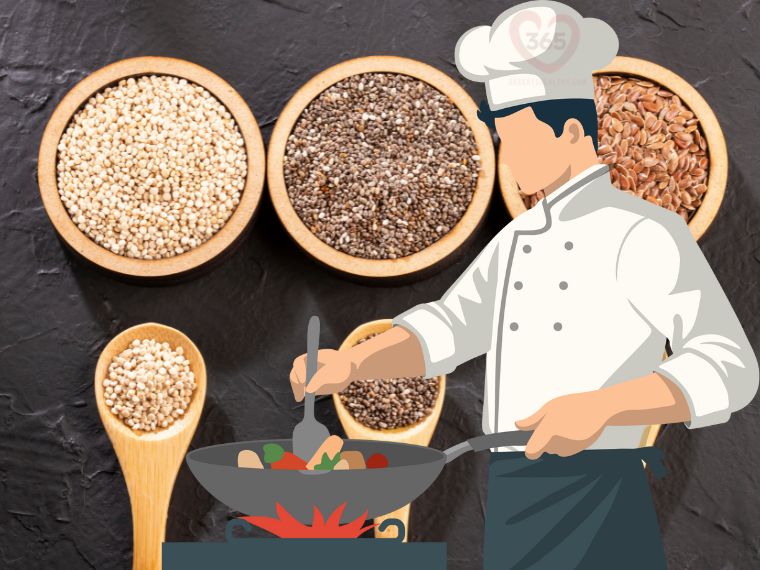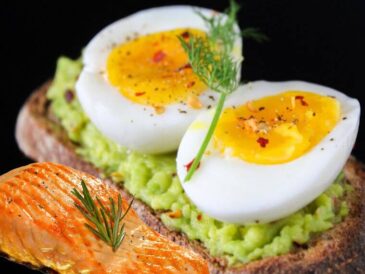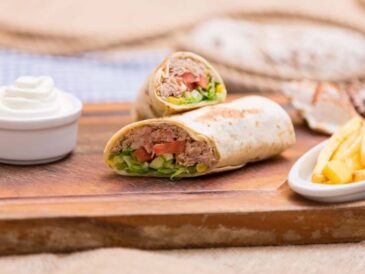Recipes for diabetes: Quinoa is a true powerhouse of nutrition. Rich in protein, it stands out as one of the few plant-based sources of complete protein, containing all nine essential amino acids the human body requires daily.
Beyond its protein profile, quinoa is also packed with vital minerals such as magnesium, iron, copper, and phosphorus. Even more remarkable, it boasts potent antioxidant properties, making it highly beneficial for individuals managing diabetes, cardiovascular disease, migraines, and a wide range of other health concerns.
I will explain all of this in a moment and give you one of the best Quinoa recipes I know. So please read this article till the end.
My husband has recently shown early signs of insulin resistance, a clear warning signal that type 2 diabetes may be progressing. At the moment, he is taking several important steps outlined in the Diabetes Freedom Prevention Guide, a structured program designed to support healthy blood sugar regulation.
This journey has motivated me to improve my relationship with food.
With a mixture of concern but also firm resolve, I recently added a few unfamiliar items to my shopping list, most notably, quinoa. Below, I’m sharing my very first experiment with this remarkable grain: a gluten-free meal with a moderate glycemic index, supportive of heart health, and gentle on the stomach, especially for those struggling with acid-related discomfort.
Feel free to adapt the “recipe” to your own nutritional needs. My only hope is that you’ll give quinoa a chance. It’s not only incredibly nourishing, it’s also truly delicious.
Instructions:
I used pure organic quinoa (You can get quinoa in your local health food or grocery store throughout the year), cooked with 1 1/3 cups of chicken broth, adding one teaspoon of dried garlic and one teaspoon of red onion. I did not add extra salt since the broth already contained some, and I found the flavor better without it.
While the quinoa was simmering on the stove, I preheated the oven to roast perch. Normally, people with diabetes don’t require cooking at high heat, but roasting each side of the fish for no more than four minutes is perfectly acceptable. I marinated the fish with one tablespoon of lemon juice and one tablespoon of olive oil for a few minutes before placing it in the oven, then sprinkled a touch of freshly ground black pepper on top.
Once the oven was ready and the quinoa was almost done, I prepared about a cup of shredded carrots, lightly sauteed with a tablespoon of olive oil and 1/3 tablespoon of teriyaki sauce. I like my carrots a little crunchy so I cook them for about five minutes.
The saltiness of the teriyaki was just enough to balance the mild flavor of the perch (since I’m not particularly fond of fish), and I added a hint of fresh green apple for garnish, providing a crisp, sweet-tart contrast. It turned out to be a refreshing and delicious side.
The cooking instructions on the package suggest simmering quinoa for about 12 minutes, then removing it from the heat and letting it rest before fluffing with a fork. Instead, I mixed 1/3 cup of cold water with one teaspoon of potato starch, stirred it into the broth/quinoa mixture, and cooked it for an additional five minutes. I do this because I love sauces, and it’s a simple gluten-free way to thicken the broth without adding too many extra calories. This method gives the quinoa a creamy, velvety texture that is truly satisfying.
Just before adding the potato starch mixture, I placed the perch into the oven, since the total roasting time is only about 7–8 minutes.
With the ingredients listed above, this meal serves two people, as perch is quite filling, especially when paired with the creamy richness of quinoa.
From the moment I took the ingredients out of the refrigerator to the time we sat down at the table, the total preparation time was only about 30 minutes. While fish has never been my favorite, perch is surprisingly mild and cooks very quickly.
The overall balance of saturated fat, carbohydrates, calories, protein, and fiber in this dish is ideal if you’re aiming to adjust your diet by reducing carbohydrates, increasing fiber and protein, and adding more color to your plate.
Each serving includes:
- 1/4 cup cooked quinoa;
- 1 medium perch fillet;
- 1/4 green apple, thinly sliced;
- 1/3 cup shredded carrots.
Nutritional breakdown (approximate):
- Carbohydrates: 80 g (For individuals with diabetes, substituting the apple and carrot with other low-carb fruits or vegetables can help reduce the total carbohydrate load);
- Fiber: 13 g. Considering that the recommended minimum daily intake is 20 g, this meal alone provides more than half of your daily fiber needs.
- Cholesterol: 45 mg (primarily from the perch, as none of the other ingredients contain cholesterol);
- Saturated Fat: 6.5 g;
- Protein: 26 g.
Additional nutrients provided by this dish (all under 600 calories for a 30-minute meal):
- Perch: Calcium, Phosphorus, Vitamin B6, Vitamin B12;
- Carrots: Vitamin B6, Vitamin C, Vitamin E, Beta Carotene, Potassium, Copper;
- Green Apple: Vitamin A, Vitamin C, Calcium, Iron.
I wish you the best of luck on your culinary adventures, and I encourage you to share your favorite quinoa recipes.




